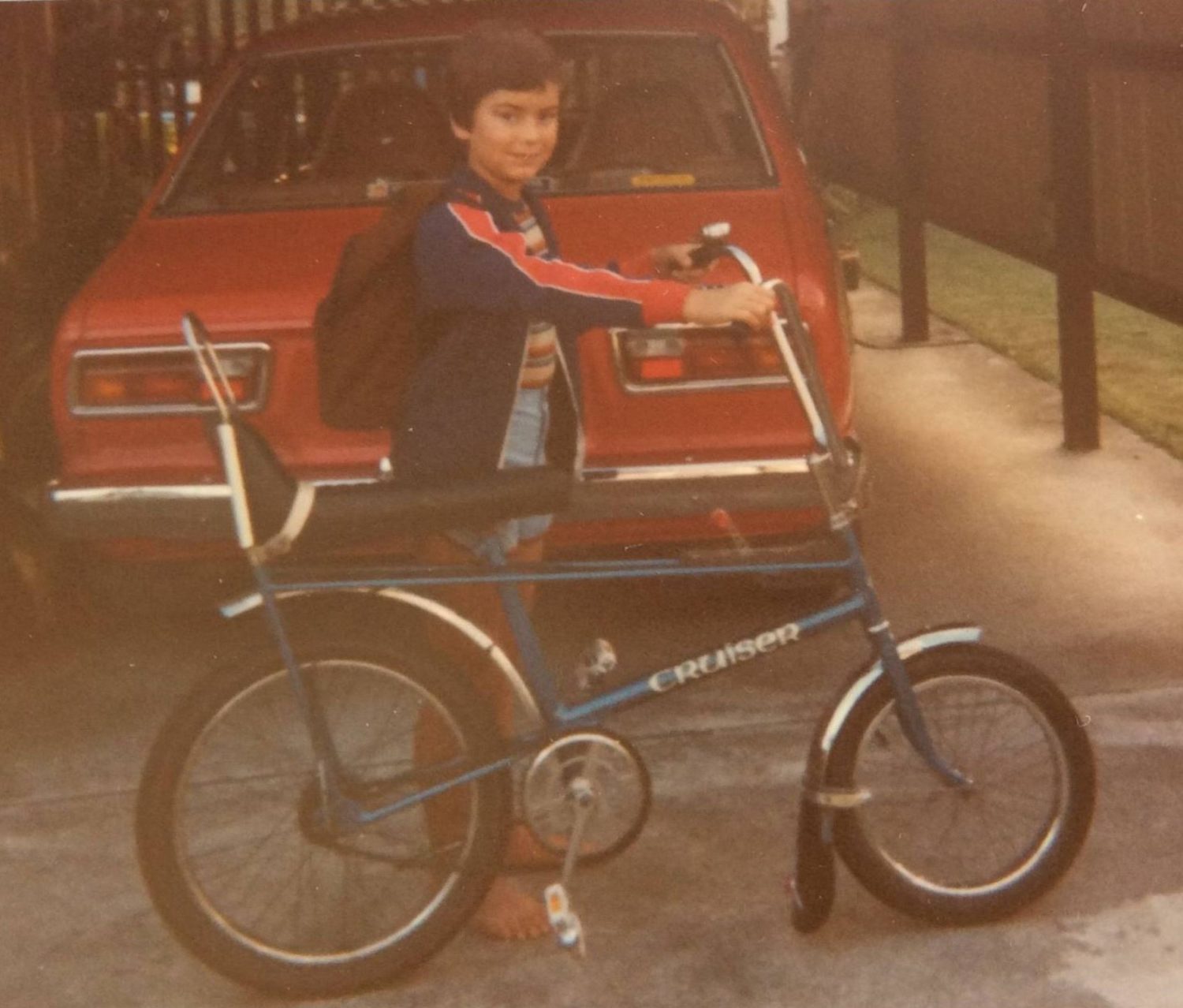Around a year ago Volvo New Zealand quietly launched the first of the Drive-E engines into the local market nestling in the engine bay of the S60 and V60. Since that time two things have happened – more Volvos have been equipped with Drive-E engines and Volvo New Zealand has sold more cans in a year than it ever has before, breaking the 400 unit mark for the first time ever.
Considering that the company shifted 234 units in the previous year, 421 units for 2014 is a remarkable number to reach.
A more modest increase to 500 units is the aim for 2015 and with the all-new (and fantastic looking!) XC90 launching shortly, that is a number that should be easily achievable.
Volvo’s current resurgence both locally and globally comes at a nice time for the company that is embarking on a massive roll out of new models that will see the not-even-here-yet XC90 become the oldest model in the line up in four short years.
The most interesting aspect of all of this, however, is not the startling rate at which a company that was in a near-death state only a few years back is pumping out new models, it is actually the rather remarkable and brave choice of engines that will propel them. In fact, it is hardly a range at all – it is actually a pair of engines. And a pair of engines that could almost said to be one…
How does that work? Welcome to the world of Drive-E, Volvo’s almost-single engine that will soon power the majority of its range in one form or another, including the large XC90.
The video above explains things best, but basically the Drive-E range is a pair of 2.0-litre four-cylinder engines – one common rail diesel and one direct injection petrol – in varying power and torque outputs that replace eight engine architecture across three platforms.
And how are they almost one? Well, the diesel and petrol engines actually share the same basic engine block and architecture.
Below is a gallery of infographics that shows where the new Drive-E engines sit in the current Volvo model line up in New Zealand, with the key figures of the engines they replace (outside the boxes) to show the impressive gains the new range of engines make.
As Volvo says, we are entering an age where the number of cylinders now no longer matters. As much as we love a good V8, the remarkable advances being made by companies like Volvo in getting big power from comparatively small capacity four-cylinder engines is very impressive indeed…








You must be logged in to post a comment.